full time student!
I quitted my part time job today~!
from now, i'm full-time student! :-) in another word, i'm a white-hand(백수,a jobless person). But I'm ready to rush toward June's battle!!!
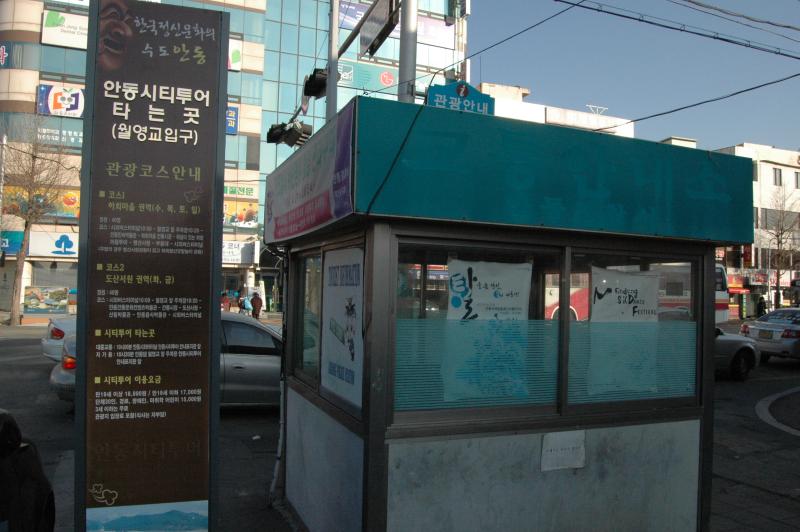

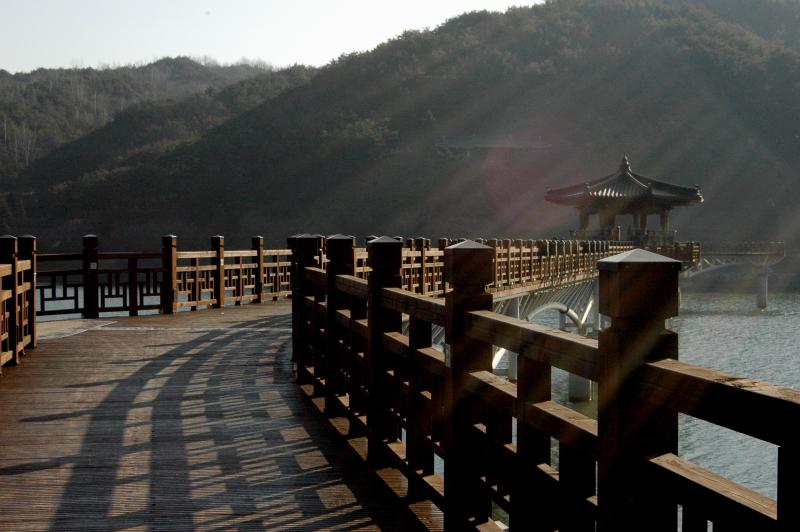
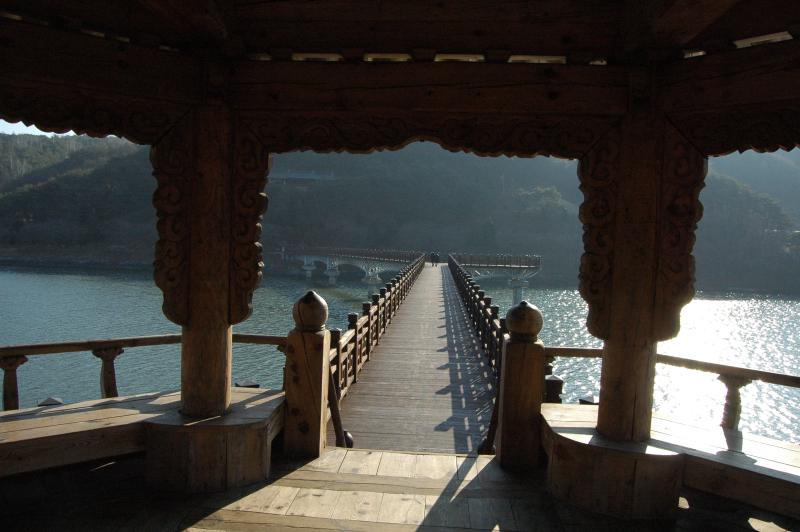
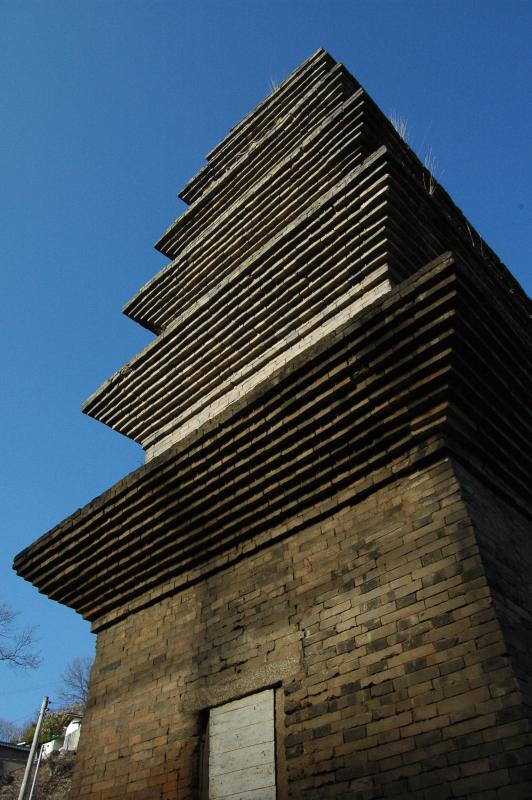
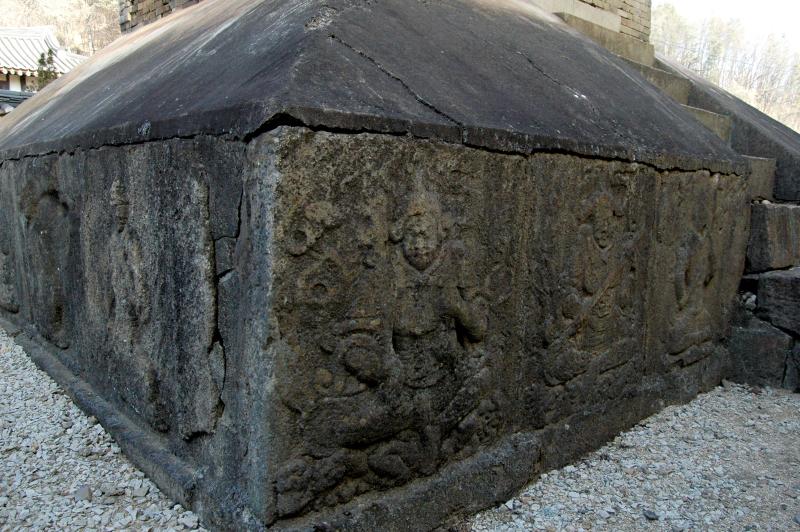


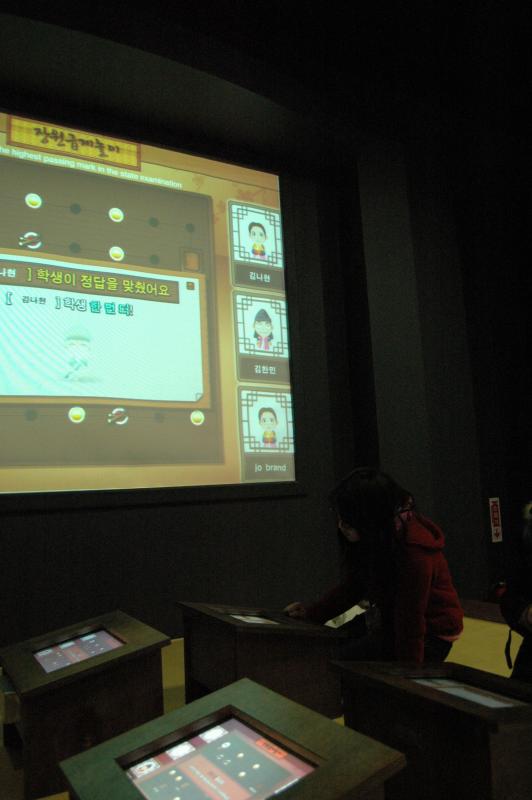
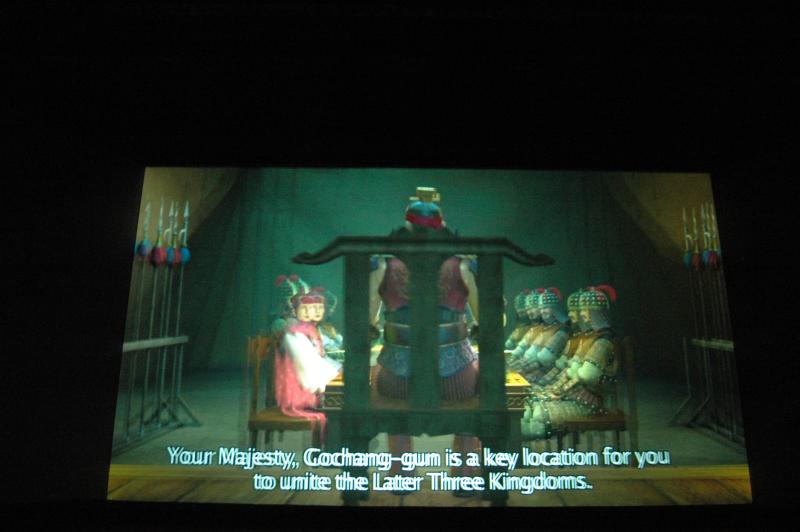
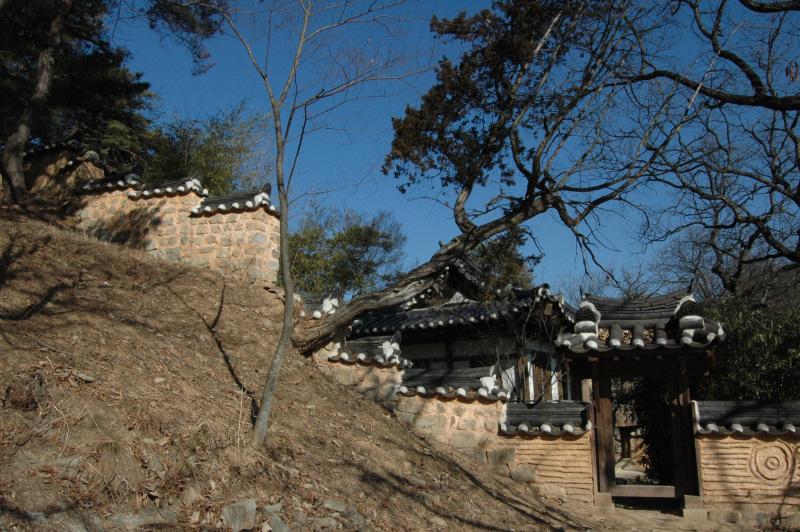
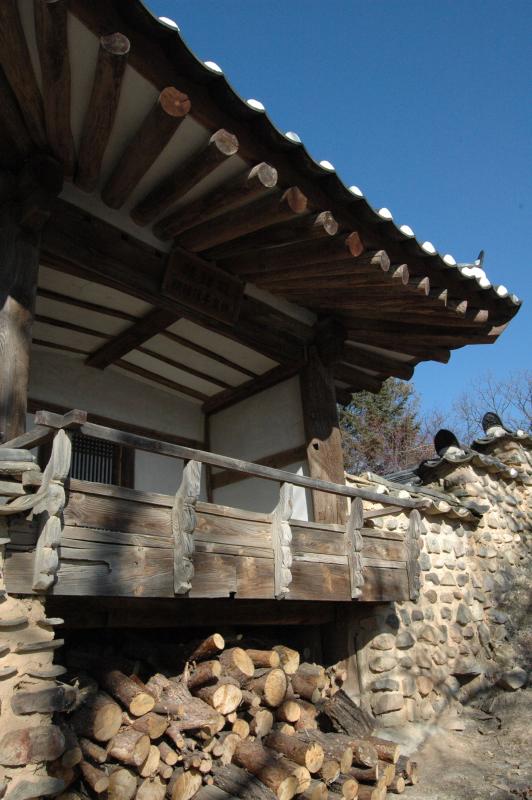
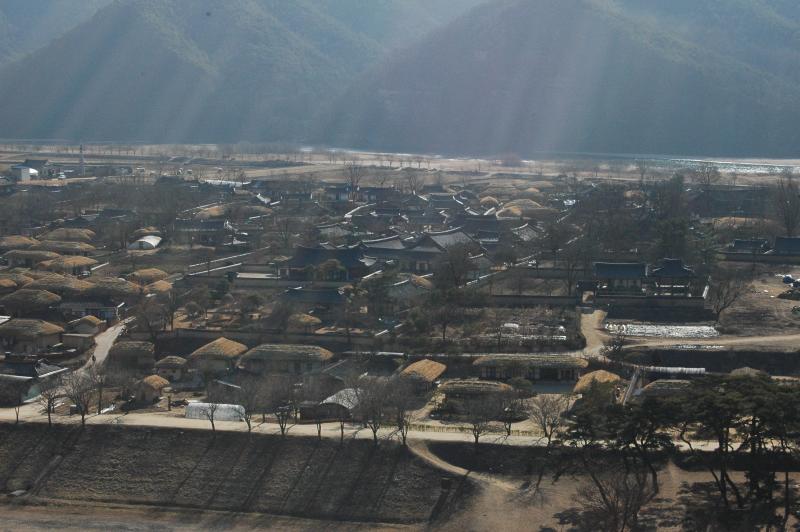
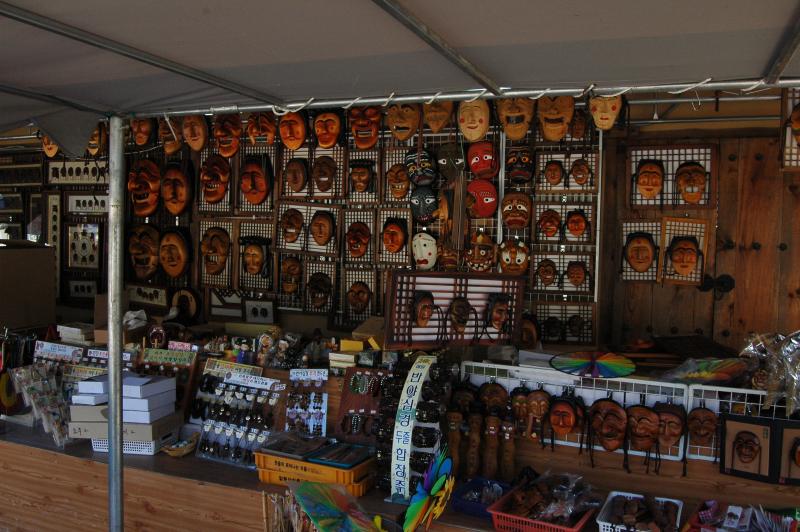
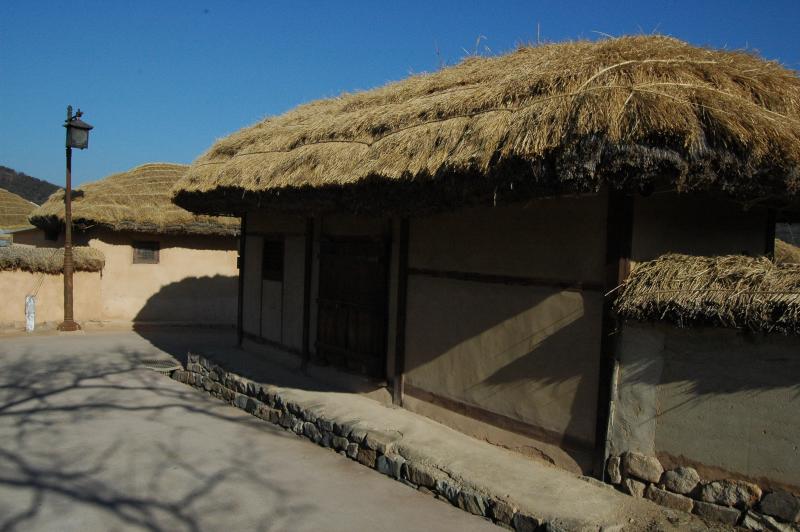

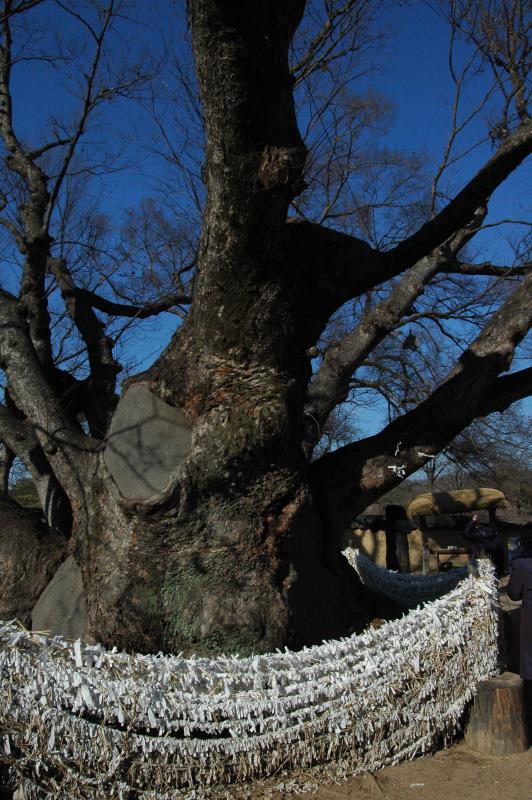
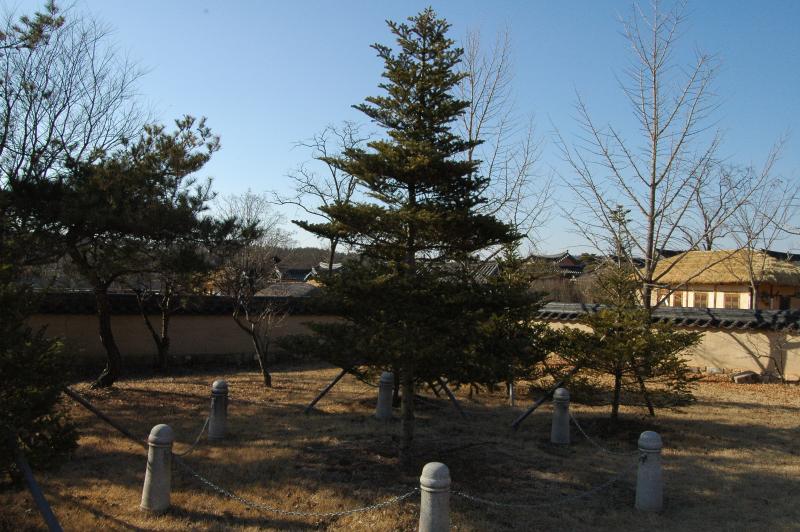
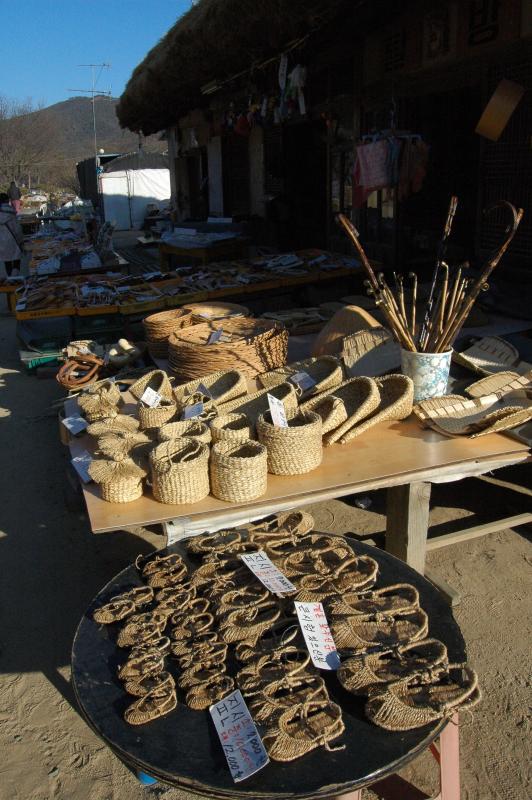

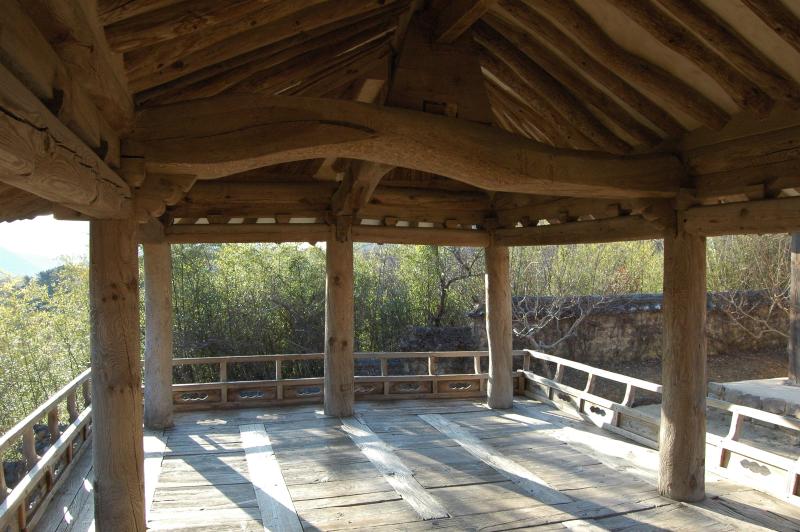
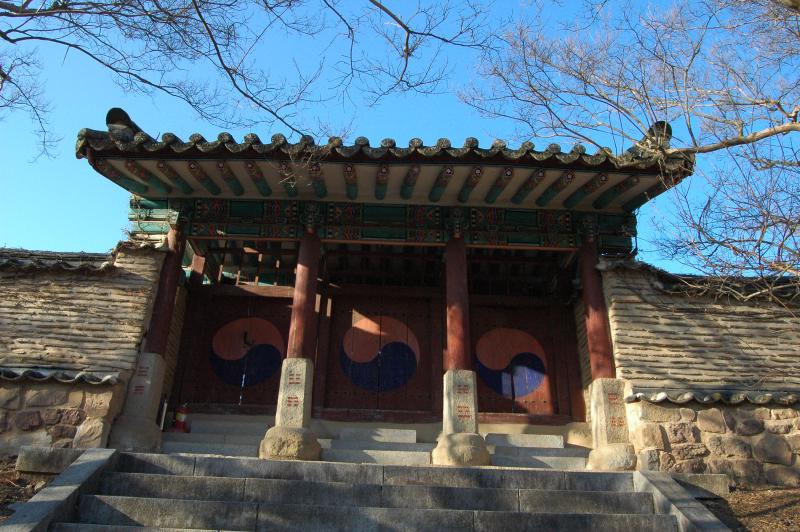
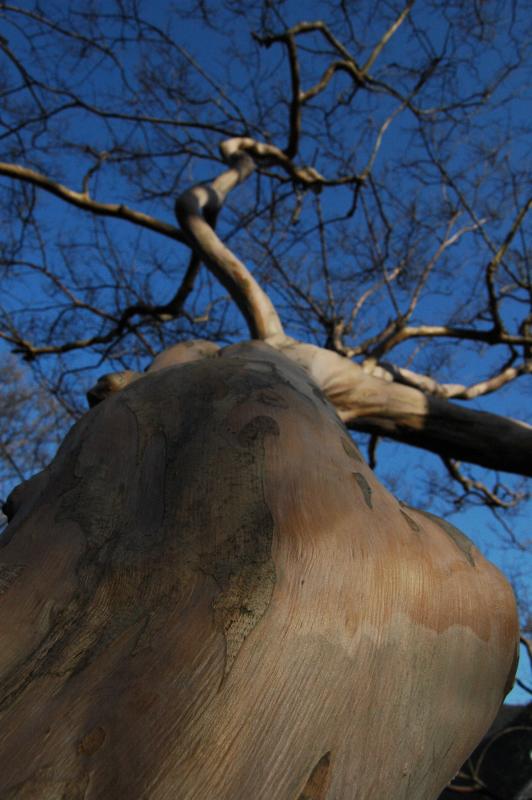
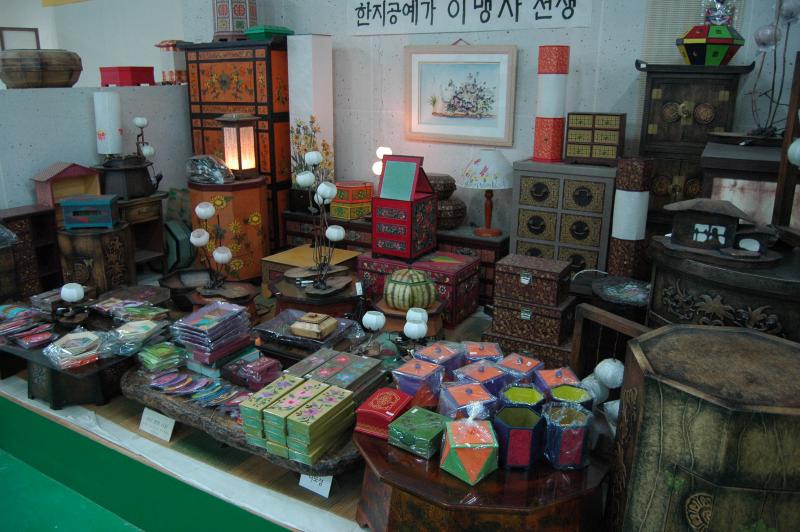
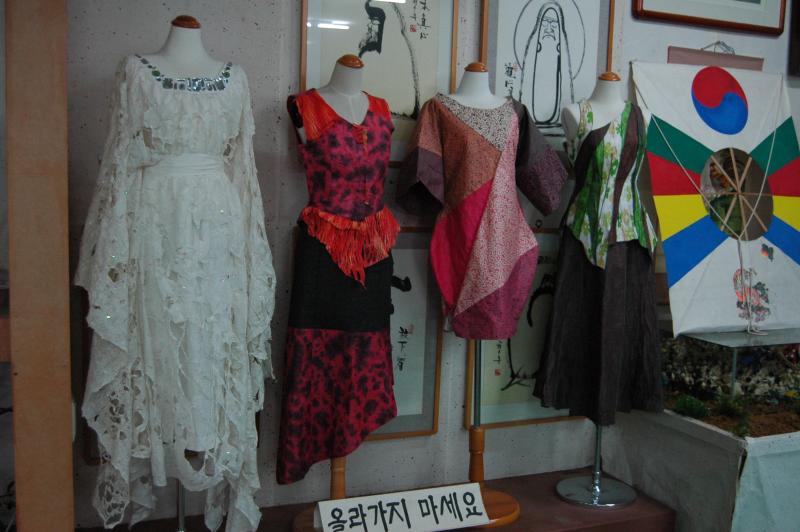
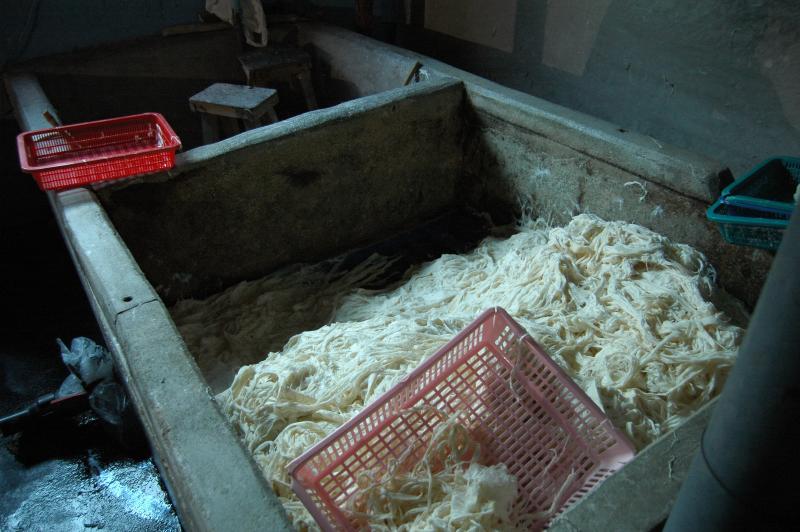
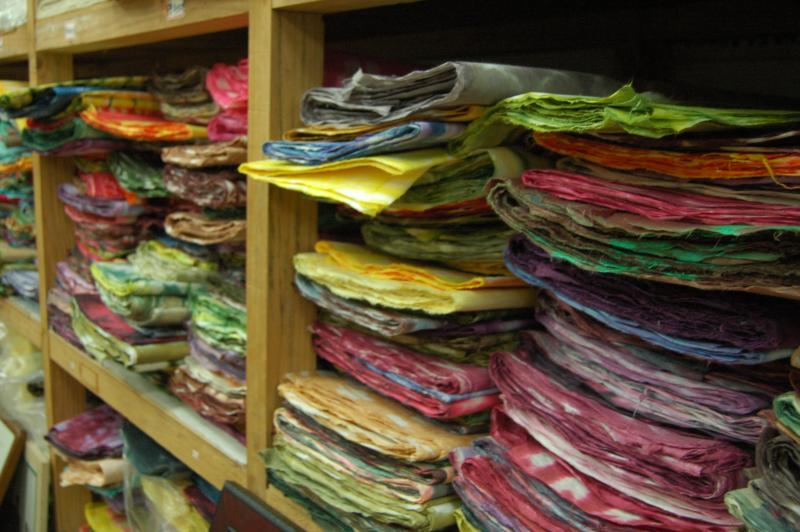




 © Chris Backe - 2010
© Chris Backe - 2010"I told you a hundred times that 'how to say' is much more important than 'what to say,'" said Kim Byeong-cheol, the instructor and also director of the hagwon, furiously writing "30 percent" and "60 percent" beside "how to say" and "what to say," which he had previously scribbled on the white board.Students hurriedly nodded and highlighted the phrases in their textbooks.
A volume of teaching materials which would amaze most people who had never imagined that dating skills could be taught in such an academic way, were used in the class.
One kind was video clips of actual blind date situations. In the video, a guy was struggling to make a conversation with the beautiful girl sitting in front of him. After the viewing, the class tried to figure out what the guy had done wrong.
"I think his baseball cap was an error. His glasses, too. He should've worn contact lenses," said a student.
"He's leaning towards the girl too much. He looks too desperate. It is certainly not the ideal posture of a proud male," said another.
"Is he wearing short sleeves or did he roll up his sleeves? I heard it is better for men to hide as much flesh as possible and for women to reveal as much as possible on a first date," said the last one.
"What you guys said were all correct. I mean, what's with the baseball cap? A fedora could have been better. We have interviewed the girl, so let's hear her impressions of the guy," the instructor said, clicking another video clip.
The class continued for two and a half hours, looking at video clips, discussing them and going over the textbook with the instructor.
What disturbs me is the notion of one-method-fits-all teaching. If having the right 'look' means dressing the same preppy / pretty way, count me out. There's a 'correct' way to talk to a woman? Give me a break. The thought that sitting in a classroom and taking notes will somehow help me pick up women? Come on. While I don't advocate the type of 'pick-up school' promulgated by Neil Strauss' "The Game", it is at least more experiential in its nature. Learning to fly without a safety net forces you - yes, forces you - to get out there and do it. Going to a class that either lets you cheat or get by with simulated situations can't possibly prepare you for reality. Only reality and time can do that - until you get both from a experienced teacher, you're shortchanging yourself and being overcharged at the same time.
Beyond collecting money and providing something claiming to be education, the one thing these hagwon seem to promote is Their Method - calculated, crafted, and honed by supposed years of experience in the field. Only we have the inside edge on the subject at hand, the best teachers, and the hyperbole goes on. To be fair, I have the firm belief that anyone can learn given the interest and desire to learn - and some hagwon may be conducive to such endeavors. That some schools will teach their One Method to Fit All People seems a slap in the face to independent thought, personal freedom, or different approaches.
Beyond the dating hagwon mentioned in the story, there's also the medical schools. Supposedly for medical school graduates, a few quotes from the story gave me pause:
"Also, there is a big gap between medical classes given in universities and the actual medical scene but the professors can't teach the students one by one how to fill the gap. It is up to the students. Unfortunately, most medical students these days are used to hagwon and private lessons, so they don't know what to do unless they are taught. At the hagwon, we teach experience rather than medical knowledge," he said.
Medipreview started in 2003 when Gwon gave an emergency room lecture to 40 public health doctors.
"Because they just graduated from medical school, they didn't know even the most basic things like how to read X-rays or what kind of medicine to prescribe. They needed help," Gwon said.
What the heck are you learning in medical school?
 © Chris Backe - 2010
© Chris Backe - 2010Currently outside Korea. Returned to Florida from a financially disastrous travel binge. Will be posting various reflections from the journey while in limbo.
Here’s somewhat of a 35mm overview brought to you by the ol’ trusty toy camera.

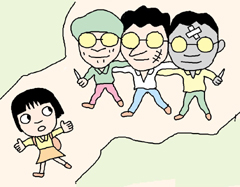
Source: Busan Mike
Busanmike.blogspot.com
Twitter: @BusanMike
YouTube: /BusanMikeVideo
Flickr: /busanmike

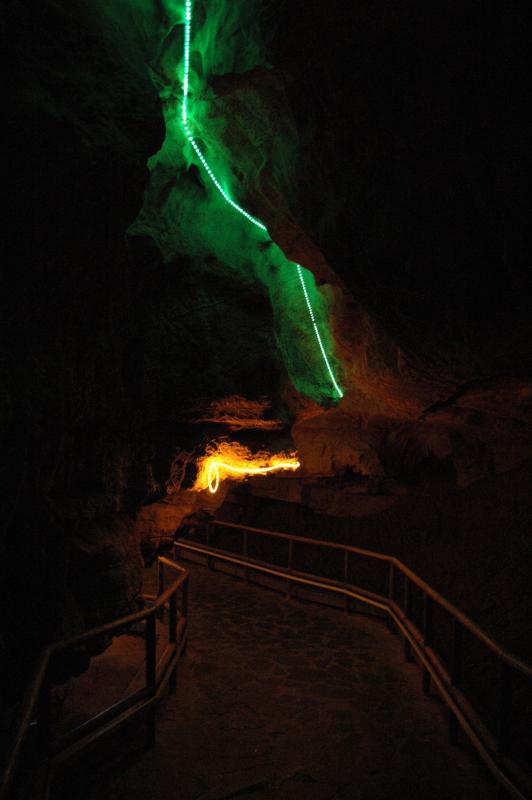


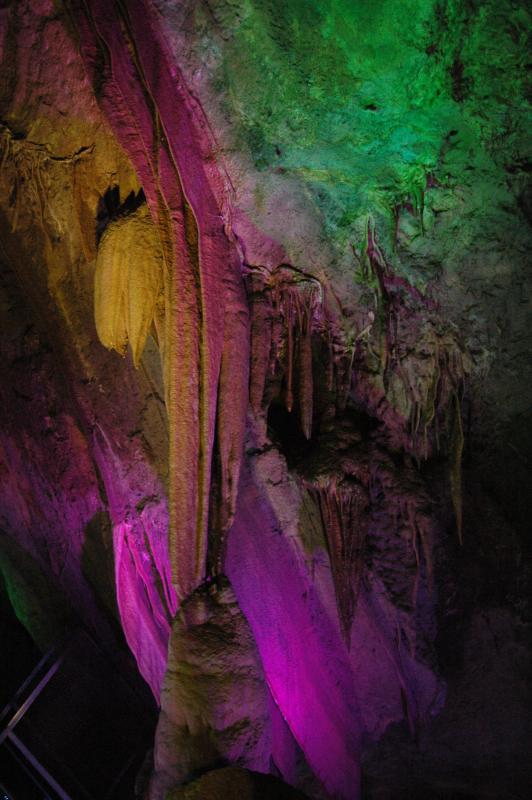



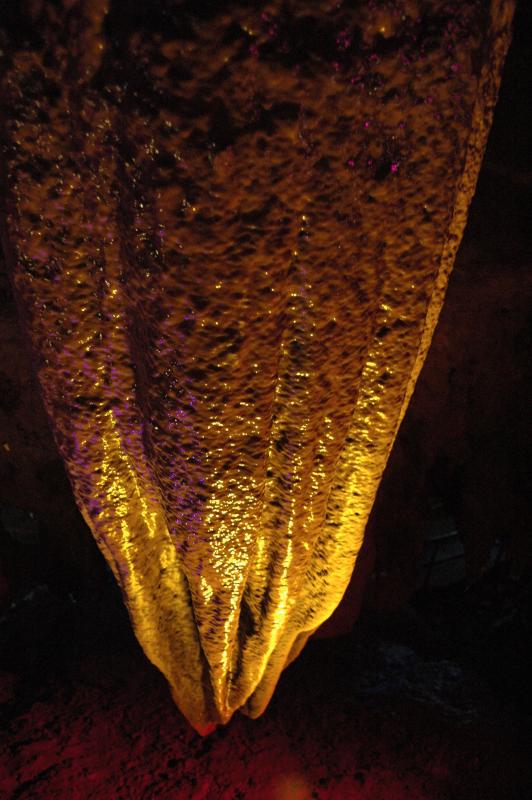

 © Chris Backe - 2010
© Chris Backe - 2010I am [S.] and I stumbled upon your blog while blog-surfing, doing some research for my university admissions. I am planning to apply for the Korean Government Scholarship (KGSP) 2010 for undergraduates. However, I have my reservations as I will have to go through 1 year of Korean language training before entering a University for an undergraduate course. This means that I'll take my 4-year Undergraduate programme fully in Korean. I am worried that the 1 year of Korean language training may not be sufficient in helping me take courses in Korean at a university level. Do you have any opinions regarding this?
On the other hand, I know of colleges such as Yonsei that have international studies/ liberal arts programmes that are fully conducted in English. I wish to enroll in such programmes, however, there is a tricky situation of the scholarship programme dateline (end-jan) closing before the release of my GCE A level results (march). (This means that I'm applying for the scholarship based on my year-end school results not of the national examinations - A levels.) If I were to enroll in the international studies/liberal arts programmes, I will be applying in March/april instead, using my A level results and I will have no chance of receiving the KGSP.I hope I haven't confused you much! And I hope to hear from you soon!
 © Chris Backe - 2010
© Chris Backe - 2010Get rid of your glasses!
SMILE PRO/SMILE/
LASEK/LASIK/ICL
All types of laser vision correction at BGN!
Recent comments